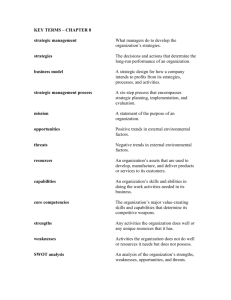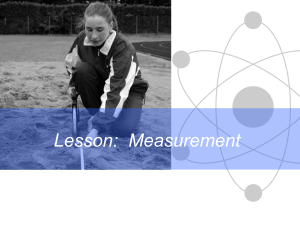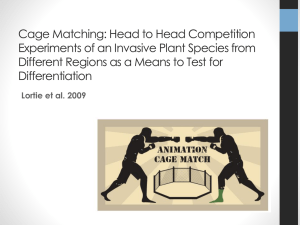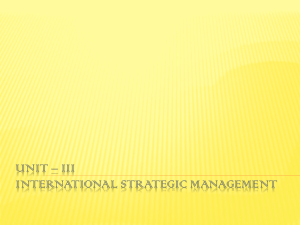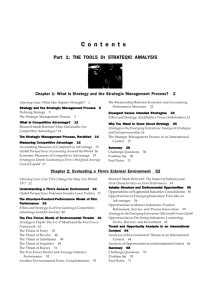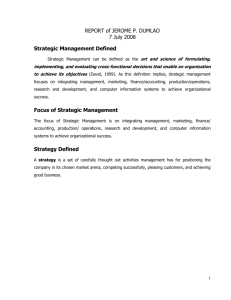Exam 2 - Learning Objectives
advertisement
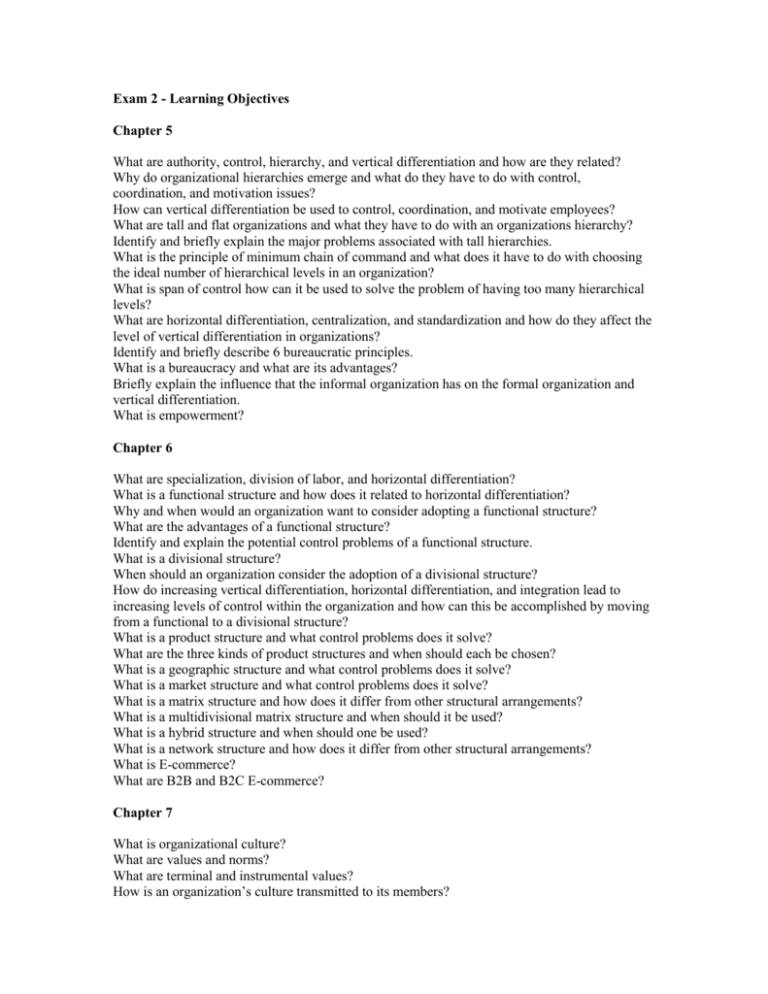
Exam 2 - Learning Objectives Chapter 5 What are authority, control, hierarchy, and vertical differentiation and how are they related? Why do organizational hierarchies emerge and what do they have to do with control, coordination, and motivation issues? How can vertical differentiation be used to control, coordination, and motivate employees? What are tall and flat organizations and what they have to do with an organizations hierarchy? Identify and briefly explain the major problems associated with tall hierarchies. What is the principle of minimum chain of command and what does it have to do with choosing the ideal number of hierarchical levels in an organization? What is span of control how can it be used to solve the problem of having too many hierarchical levels? What are horizontal differentiation, centralization, and standardization and how do they affect the level of vertical differentiation in organizations? Identify and briefly describe 6 bureaucratic principles. What is a bureaucracy and what are its advantages? Briefly explain the influence that the informal organization has on the formal organization and vertical differentiation. What is empowerment? Chapter 6 What are specialization, division of labor, and horizontal differentiation? What is a functional structure and how does it related to horizontal differentiation? Why and when would an organization want to consider adopting a functional structure? What are the advantages of a functional structure? Identify and explain the potential control problems of a functional structure. What is a divisional structure? When should an organization consider the adoption of a divisional structure? How do increasing vertical differentiation, horizontal differentiation, and integration lead to increasing levels of control within the organization and how can this be accomplished by moving from a functional to a divisional structure? What is a product structure and what control problems does it solve? What are the three kinds of product structures and when should each be chosen? What is a geographic structure and what control problems does it solve? What is a market structure and what control problems does it solve? What is a matrix structure and how does it differ from other structural arrangements? What is a multidivisional matrix structure and when should it be used? What is a hybrid structure and when should one be used? What is a network structure and how does it differ from other structural arrangements? What is E-commerce? What are B2B and B2C E-commerce? Chapter 7 What is organizational culture? What are values and norms? What are terminal and instrumental values? How is an organization’s culture transmitted to its members? What is socialization? Where does organizational culture come from? Explain in some detail Figure 7.2. What are property rights? How can culture be managed? Chapter 8 What are strategy and core competences and how are they related? Where do core competences come from? How can global expansion facilitate the development of core competences? Identify and explain the four levels of strategy. What is functional level strategy, what is it used for, and how can it be used by organizations to achieve a competitive advantage? How do culture and structure impact functional level strategy? Why should culture and structure match functional level strategy? What is business level strategy, what is it used for, and how can it be used by organizations to achieve a competitive advantage? What are low-cost, differentiation, and focus strategies? What structural and cultural characteristics are appropriate for a low cost strategy? What structural and cultural characteristics are appropriate for a differentiation strategy? Explain Figure 8.5. What is corporate level strategy, what is it used for, and how can it be used by organizations to achieve a competitive advantage? What are vertical integration, related diversification, and unrelated diversification? What structural and cultural characteristics are appropriate for related diversification? What structural and cultural characteristics are appropriate for unrelated diversification? Identify and explain the four global expansion strategies and generally explain appropriate structural characteristics for each. Chapter 9 What is technology? Identify and explain the three of levels at which technology exists. What are mass production and craftswork? How is technology used during the three stages of the value creation process? What are programmed technology and technical complexity? What are small-batch and unit technology, large-batch and mass production technology, and continuous-process technology? Generally explain the relationships between technical complexity, structure, and the 3 types of technologies in Figure 9.3. What are task variability and task analyzability? Generally explain the relationships in Figure 9.4 and Table 9.1. What is task interdependence? Generally explain the relationships in Figure 9.5.
